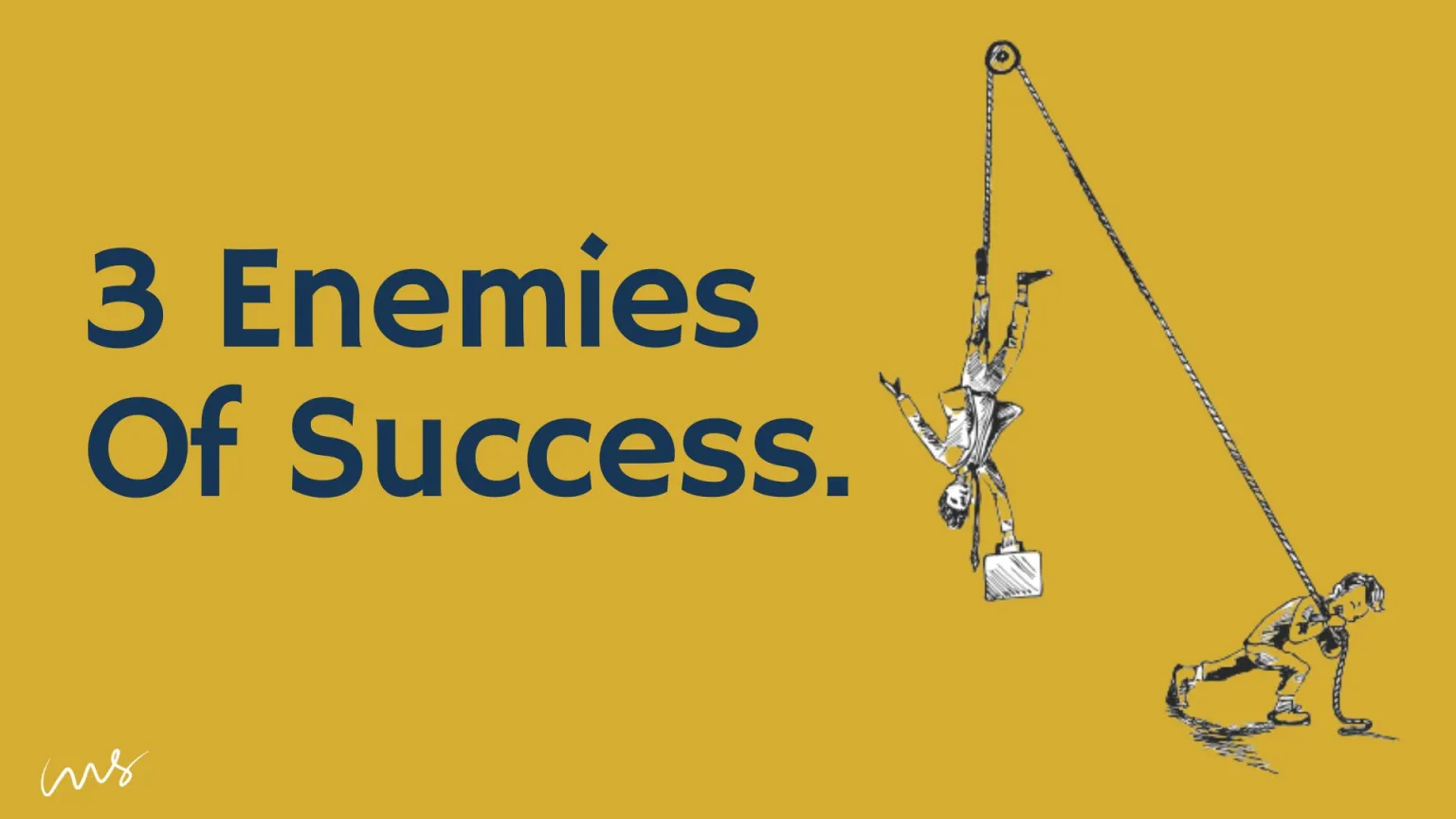- Blog
Mind over Matter: Psychology of Startup Success
04 Apr 2024I had multiple encounters when people came and asked for quick ways to succeed or make millions of dollars quickly.
It doesn’t work that way. Growth is not a one-time gimmick. To get 100% growth, there is no silver bullet.
Growth shows up from embracing the apt psychology—the right mindset. From an attitude you bring to your daily endeavour consistently for years. Strategies change and become outdated, but growth is an ample creative venture. You have to cultivate your psychology for that.
The mental strength and psychology of a person is the primary tool to get open doors to opportunities and success.
Two psychological blockades that pull back one from success always captivated me.
IKEA EFFECT
The IKEA effect is a cognitive bias that causes people to place a disproportionately high value on products they partially created. The name was derived from the Swedish furniture retailer IKEA, which encourages its customers to build their furniture when making purchases. It says that we tend to overvalue things we are involved in making. Michael Norton., who coined the term “IKEA effect” in their 2012 paper, define this effect as simply an “increase in valuation of self-made products.”
An analysis by Norton, Mochon, and Ariely discovered participants who self-assembled an IKEA storage box (Builders) accepted the purchase price 63% higher than those who examined the exact pre-assembled box (Non-Builders). Likewise, the Builders also ranked picking the box 55% more than Non-Builders.
This phenomenon can be applied in the startup world as well. For example, if you’re building your website or app and not just buying one off-the-shelf, this could lead you to believe it’s better than all the others.
The problem with this kind of thinking is that it is only sometimes valid! Your product still needs to be tested by users outside of yourself before you start charging money for it, which means there may be features that need improving or bugs that need fixing before launch day arrives.
If humans were rational creatures, we’d expect products to cost less when we’re to help create them. If our effort is required to complete constructing furniture, preparing meals, or explaining to the barista how we like our coffee, we should demand a discount, right?
The IKEA effect says the opposite: when people add their labour to outcomes, they also add to their valuation of those outcomes– meaning they’ll happily pay more.
Were you ever told that your paintings are the best and your crafts are at the top of the world when you were a child? I know people who came to me pitching their business idea to evaluate the market and viability. Even if the concept is common or not market-friendly, they present it in a way that is the best idea in the world. A persuasive explanation becomes futile in front of them to make them understand reality.
How do you deal with this?
Recognize your unconscious inclination.
Spike coarse prototypes
Talk to customers
Run growth experiments
But be careful!
Being unable to see the actual value of your work because of the effort you’ve invested into it is not a helpful cognitive bias either. Have an optimal view.
2. SHINY OBJECT SYNDROME
Do you continually diverge from your company’s itinerary to delve into multiple unwanted new goals and ideas? Is your commitment and attention span a single priority goal that of a fruit fly in a farmers market?
You might be dealing with leadership undergoing shiny object syndrome if you are.
Shiny object syndrome (SOS) is a continual condition of distraction got on by ongoing speculation that something new is worth pursuing. It often comes at the cost of what’s already planned or underway. It’s ingrained in that childhood spectacle of always wanting a new toy, even if your present toy is sufficient.
At the heart of it, the problem with the shiny object syndrome is distraction. Being constantly pulled to new ideas and tools and abandoning essential tasks in the process.
In business, this feature can be downright disruptive — and not in the right way. When SOS sets in, it initiates chaos, releasing all sorts of problems.
This usually affects the entrepreneurs or executives who have to think outside the company’s short-term goals, worry about what’s next, and dabble in different domains to “keep up with things.”
What are the common cons of having this syndrome?
Frustration with your goals, progress, and revenue
Poor idea and directives planning
Wasting time
Stressing out your team
Identifying and solving shiny object syndrome takes some work, but there are some ways you can speed up the process.
How do you deal with this?
Establish, define, and enforce feedback channels.
Assess the potential of the next shiny thing
Limit the number of projects running at a time
Set expectations
Use the roadmap to refocus
Reinforce the ‘why’ factor in action plans
Undoing the Damage
Having a determined and ambitious outlook can certainly help you to realise the success that you aspire for. Startups must be prepared with agility to stay ahead of rapidly changing markets while also creating room for fresh ideas without disrupting existing progress. A harmonious balance between growth and creative endeavours is essential for sustainable accomplishments.
